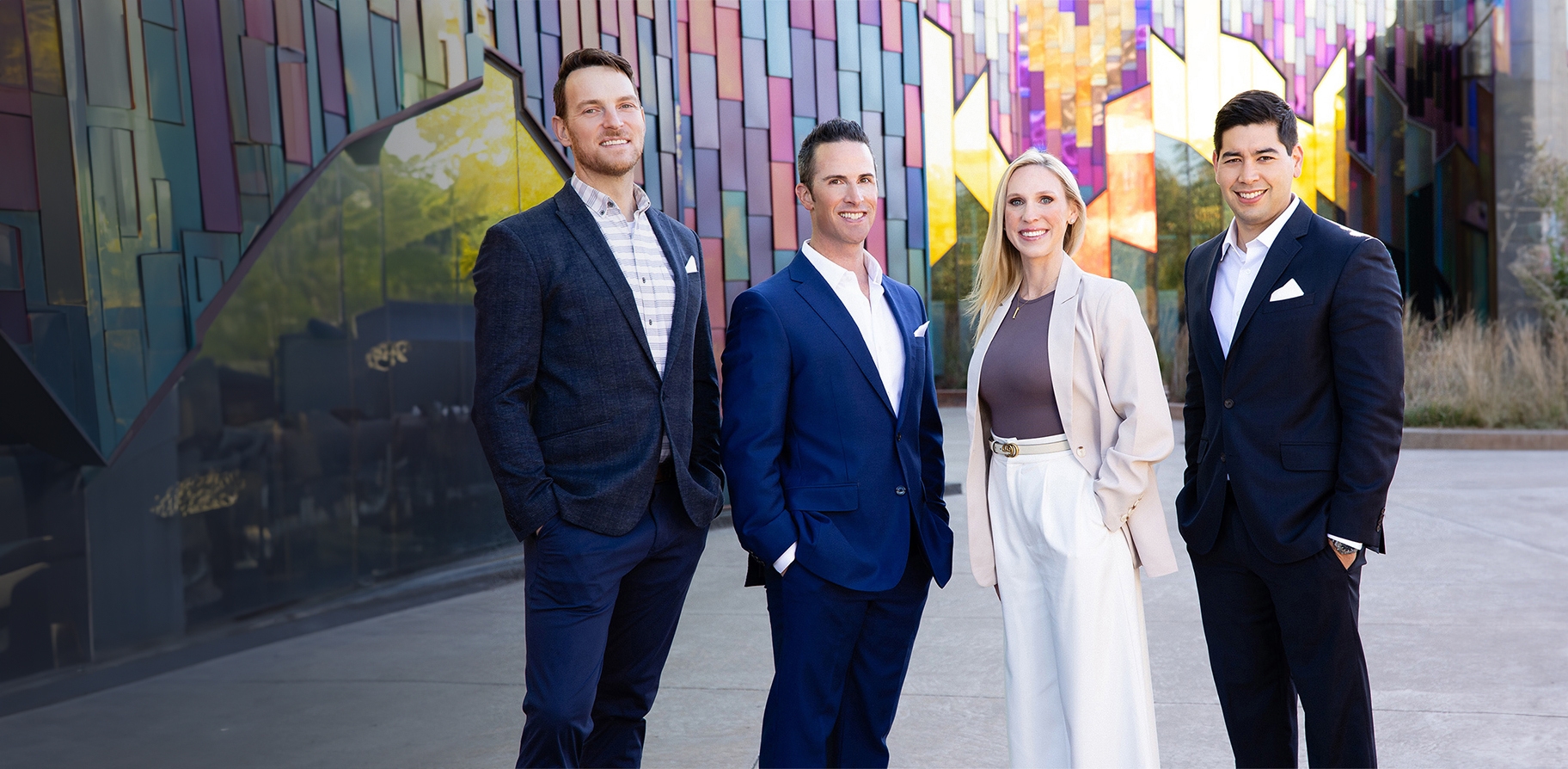
Summer is upon us and it’s time to throw on those swimsuits and splash in the sun all day. For some of us however, what should be happy activities may bring on a sense of anxiety. Looking and feeling our best can be a difficult thing to accomplish. You have spent countless hours at the gym to no avail. You are down to your ideal body weight, but you still have that little “pooch” that sticks out in your yoga pants. Maybe you are happy with how your belly looks while standing, but notice that the skin looks wrinkly when you sit down. Maybe you have an inny instead of an outie, or you look like an alien is trying to escape every time you try to do a sit-up (sounds like something out of a sci-fi movie, but ask any woman with separation of her abdominal muscles and she’ll understand what I’m talking about).
If any of these things sound familiar, you may be a good candidate for an abdominoplasty, commonly called a tummy tuck.
Who is an ideal candidate for a tummy tuck?
Ideal candidates for tummy tuck should be at their ideal body weight, live a relatively healthy lifestyle, and avoid nicotine. If you have other medical conditions, these should be well controlled and your primary care physician should deem you healthy enough to undergo a 2-3 hours procedure.
What does a tummy tuck address?
A tummy tuck addresses the skin and fat that sit below the belly button. This gets removed, and the belly button gets released through a separate incision. The skin above the belly button is elevated off of the underlying abdominal muscles allowing us to tighten the fascia, also known as a plication, or diastasis recti repair. The remaining skin is pulled down so that you have a well hidden incision that rests below the bikini line. The belly button is brought out through a new hole that is cut in the skin that has been pulled down, placing it in a natural position. The result is tight skin, a natural appearing belly button, and lean/muscular lines. Abdominoplasty cannot address fat that is inside of your abdomen. This is why it is so important that patients are at their ideal body weight in order to achieve an optimal result.
What procedures can be combined with abdominoplasty?
Commonly, we combine liposuction with the procedure to address the flanks or hips and help bring in the midline. When combined, this is frequently termed lipoabdominoplasty. If liposuction of the lower back is added, this is called Lipo360. Tummy tuck can also be combined with a breast procedure. Breast procedures include augmentation, lift, or reduction. When a tummy and breast procedure are combined, we call it a mommy makeover.
What will my recovery look like?
The first 2 weeks are the most important, as it is very early in the healing process. We recommend walking around the house immediately after surgery, as this gets the lymphatics flowing and also decreases the risk of blood clots. During that time, your incisions will be very tight, and we will have you walk slightly hunched with a walker, and sleep in a beach chair position (on your back with your head slightly elevated, and knees bent). This helps to protect the incision as the skin relaxes over the first 10 days. I typically recommend that patients take the first 2 weeks off work, in order to truly rest and recover, which will ultimately decrease your overall time to full recovery and final result. After 2 weeks, I am comfortable with people returning to a desk job and sitting or standing for 8 hours at a time. You will likely be tired after the first few days, so plan light for light and relaxing evenings. After 4 weeks you will be able to do some light cardio such as a stationary bike, or 5-10 pound weights. At 6 weeks I will allow you to return to most activities, however I recommend avoiding body weight exercises such as burpees, isolated abdominal exercises, or high impact activities for 3 months.
How long will my results last?
The two most important factors in longevity of results is maintenance of body weight, and avoidance of future pregnancies. Another factor that is unfortunately out of your control is the quality of your skin. Over the first year following your surgery, you will notice that your skin will continue to stretch to a certain degree. This is why we pull your skin so tight after surgery. For most, this will not result in a noticeable amount of stretch, but where we can see recurrent issues with skin laxity is in our massive weight loss population. Together, we can come up with a plan to address these issues and make sure that you are left with your best possible outcome.
If you are ready to dive in and take the next step in your journey, come in and see us for a consultation!

